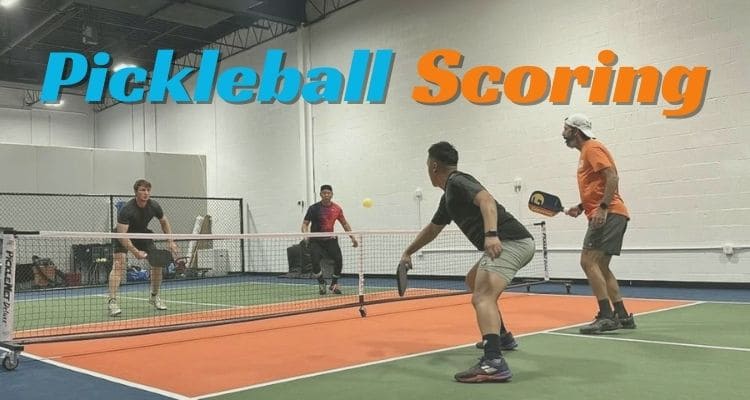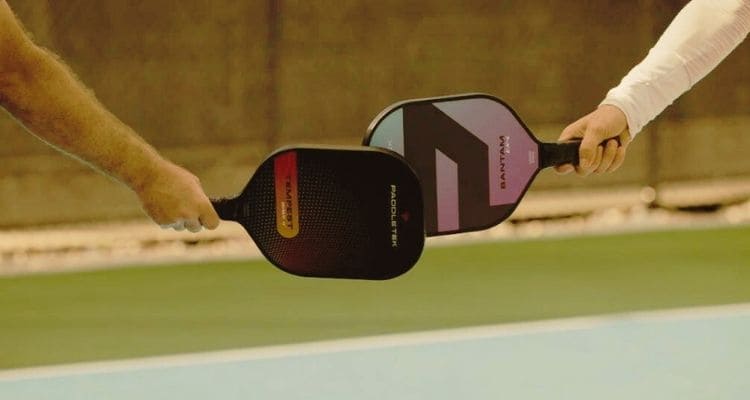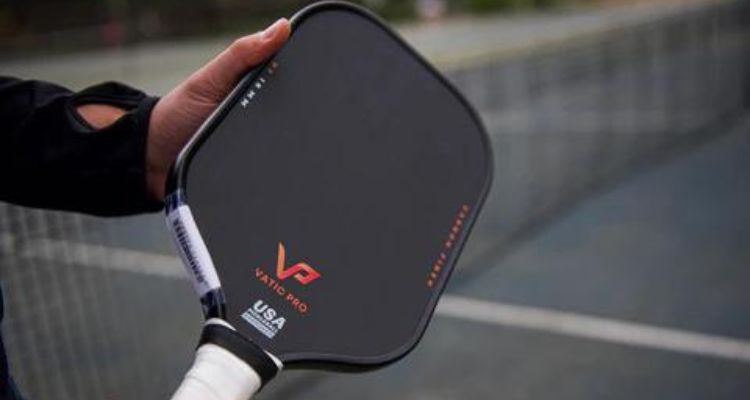Are you new to the thrilling sport of pickleball and curious about what a “rally” is? Or perhaps you’re a seasoned player looking to up your game lingo. Well, you’re in luck! Understanding the concept of rallies is the key to conquering this exhilarating sport.

In this blog post, we’ll take a deep dive into the dynamic world of pickleball rallies. From unraveling its definition to uncovering tips and tricks to extend rallies and score more points, we’ve got you covered. So grab your paddle, gear up, and let’s jump right in!
What Exactly Is Rally Scoring in Pickleball?
Before we delve into the nitty-gritty, it’s crucial to grasp the essence of a “rally” in pickleball. A rally refers to the back-and-forth interaction between players that transpires after the ball is served, but before a fault is called. In a nutshell, it’s the action-packed exchange that happens on the court once the ball is set in motion.
This rallying concept is gaining popularity as it amps up the intensity of the game. In traditional pickleball scoring systems, where points can only be earned while in possession of the serve, games may tend to last longer. With rallies becoming more vigorous, it might take multiple exchanges before a point can be scored, especially when two equally skilled teams go head-to-head.
The Pros of Rally Scoring in Pickleball
There’s a myriad of advantages that rally scoring brings to the table:

- Rally scoring injects a burst of energy into the game, perfect for those busy or crowded courts. Speeding up the game opens doors for more players to partake in the action, as matches are wrapped up more swiftly.
- High-octane rallies make pickleball more entertaining for spectators. Picture this: electrifying games that captivate viewers from start to finish, leading to increased broadcast coverage and a surge in ticket sales for live matches. And hey, captivating spectators means potentially attracting more sponsors and funding for this sensational sport!
- Rally scoring ushers in a greater degree of consistency and predictability in the length of games. In contrast to traditional scoring, where points can rack up without altering the scoreboard, rally scoring cuts down game duration by about 20%. So, brace yourself for thrilling matches that pack a punch but don’t drag on!
- Thanks to rally scoring, players find it easier to remember which side of the court the next pickleball serve should come from. The system’s structure lends a helping hand in keeping it all straight, so players can focus more on their shots and less on the logistics.
The Cons of Rally Scoring in Pickleball
No scoring system is without its drawbacks. Here are a few cons associated with rally scoring in pickleball:
- Some participants argue that rally scoring deviates from the original intent of the sport, sparking a debate about its validity and potential impact on game tactics.
- Rally scoring can make the third shot in pickleball riskier for players. With a higher chance of hitting the ball into the net or sending it flying too high, there’s an added element of pressure. Teams now risk losing a point instead of just giving up the serve.
- Intermediate and novice players may find it challenging to adapt to rally-scoring games. With the possibility of losing a point on every exchange, it becomes difficult for less experienced players to practice their shots consistently throughout the game.
- Due to the ongoing controversy surrounding rally scoring, it has yet to be formally adopted in pickleball. While it has its merits, it’s still a topic of discussion for players and officials alike.
How to Score a Rally: The Inside Scoop
Now that you’re well-versed in the significance of rallies, let’s uncover the secrets to scoring like a pro:

- Start by determining the team that serves and receives first. It’s also vital to establish the respective sides of the court for each group. You can employ a multitude of methods to decide, whether it’s choosing a number or playing a rock-paper-scissors showdown.
- Depending on the type of pickleball court, each team member must select their starting side. The first server kicks things off from the court’s even side (the right side). At this point, there’s no score yet.
- If the serving team wins the point, the score is now 1-0. The server continues from the left side, while their partner starts from the right. There’s no switching of sides for the returning team.
- In the event that the serving team loses the opening point, the score still becomes 1-0. How, you ask? Well, the serving team calls out the score since they’re now serving. There’s no side switch between teams. The currently serving team maintains their positions, but the left-handed player serves this time.
- Assuming the serving team wins the subsequent point, the score progresses to 2-0. The player who just served carries on serving but now from the right side.
- A pickleball game wraps up when the first team reaches either 15 or 21 points, with a minimum two-point lead required. After the 20th point, points can only be scored through serves.
Traditional Scoring vs. Rally Scoring: What Sets Them Apart?
Traditional pickleball scoring revolves around a player’s total points, while rally scoring focuses on the other team’s total. Under traditional scoring, each point earned by a player is worth one point, regardless of how they obtained it. Grounders and balls that land in the net can still score points.
On the flip side, rally scoring awards one point for each successful ground ball and two points for balls that touch down in the opposing court. This system slows down the point accumulation process and increases the chances of the opposition prevailing.
FAQs
What Is Sideout Scoring In Pickleball?
Side-out scoring enables players to accumulate points only while serving. When a serving player or team loses a rally, they lose their chance to score, and then the next player or team takes over. Only serves can initiate scoring. This scoring method had been common in racquet sports, but pickleball has made a unique transition to rally scoring.
What are the three things which can end a rally in pickleball?
A pickleball rally can come to an end in three ways:
Faults, which occur when players violate the rules and stop play.
Identifying the serving team.
Player or court misconduct.
Which is the most accessible type of service to start a rally?
No better way to kick off a rally than with an underhand serve! It’s the ideal starting point for beginners. Starting a rally with a serve is the ultimate goal, so inexperienced servers should focus on getting the ball in play quickly.
Conclusion
Now that you’re armed with the knowledge of what rallies entail in pickleball, it’s time to put them into action. Rallies are the lifeblood of the game – understanding when and where to utilize them will give you the upper hand, setting up winning plays for you and your teammates.
The dynamic nature of rallies offers numerous avenues to triumph, each requiring creativity and skill. So let’s head out to the court, take charge of every rally, and emerge victorious!


